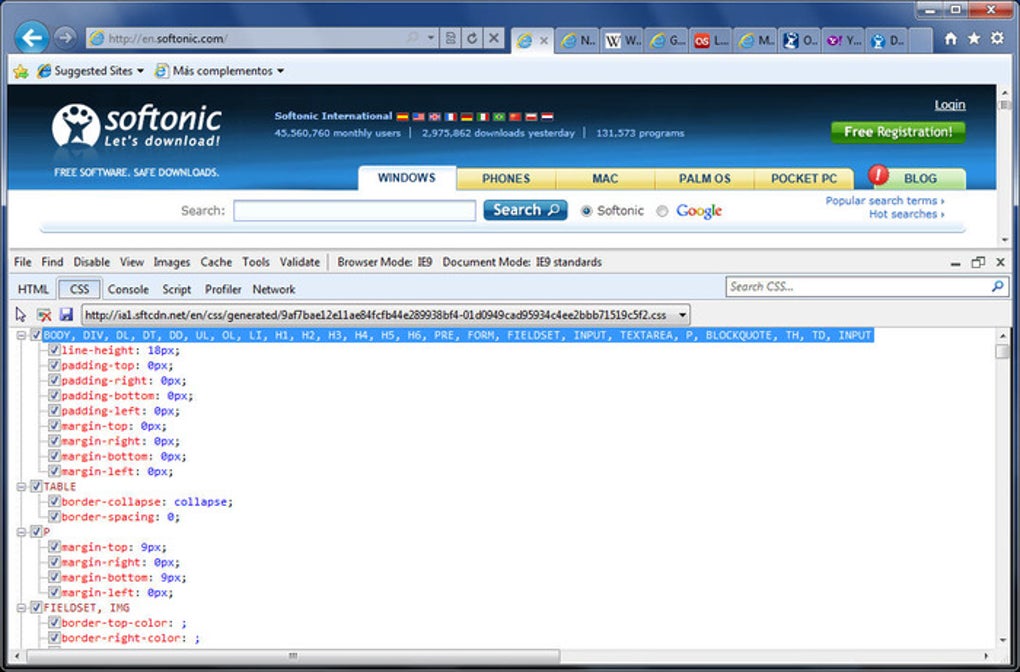

Internet Explorer must be captured on 64-bit Windows 7 SP1 with Internet Explorer 8 natively installed. However, given the growing popular of Google Chrome, a streamlined browser with few menus to befuddle users, there’s hope that Microsoft will give IE9 a cleaner look and feel. Only Internet Explorer versions 10, and 11 are supported. Since the Platform Preview isn’t a compete browser, it’s not a good indicator of IE9’s final fit and finish. Toss in better CSS 3 support (to help Web designers created the right look for their sites) and an improved JavaScript engine (to the crank up the speed of Web apps), and IE9 promises to be a more nimble browser that eschews the slow, lumbering Internet Explorer versions of the past. HTML5 will allow IE9 (and other browsers) to move beyond resource hogging browser plug-ins, like the ubiquitous Adobe Flash, to display multimedia content online. It was initially based on Spyglass Mosaic. The browser’s strongest attribute is likely its adherence to HTML5, the major revision of Web’s core markup language that’s still under development. Microsoft Internet Explorer is a web browser application created by Microsoft primarily for Microsoft Windows.

Microsoft is touting IE’s speedy performance and its much-improved support for Web standards. So what’s the deal with Redmond’s upcoming browser, and how does it differ from IE8 and worthy competitors such as Google’s Chrome, Mozilla’s Firefox, Opera Software’s Opera, and Apple’s Safari? Here’s a quick primer.

64 BIT INTERNET EXPLORER 9 SOFTWARE
Microsoft’s next-generation Internet Explorer 9 browser may not be anywhere close to competition, but you can test drive a “platform preview” of the software that provides a taste of IE9’s capabilities. Windows Internet Explorer 9 x86 For Windows Vista (English) Item Preview InternetExplorer10+11computericon.png.


 0 kommentar(er)
0 kommentar(er)
